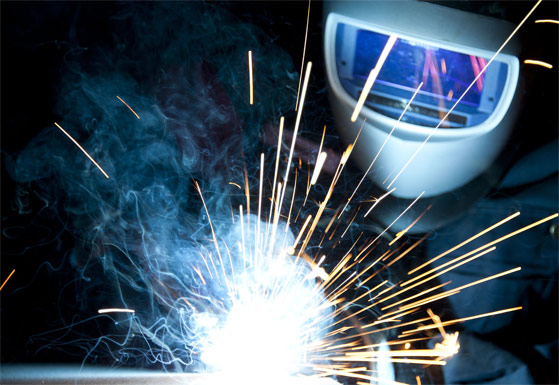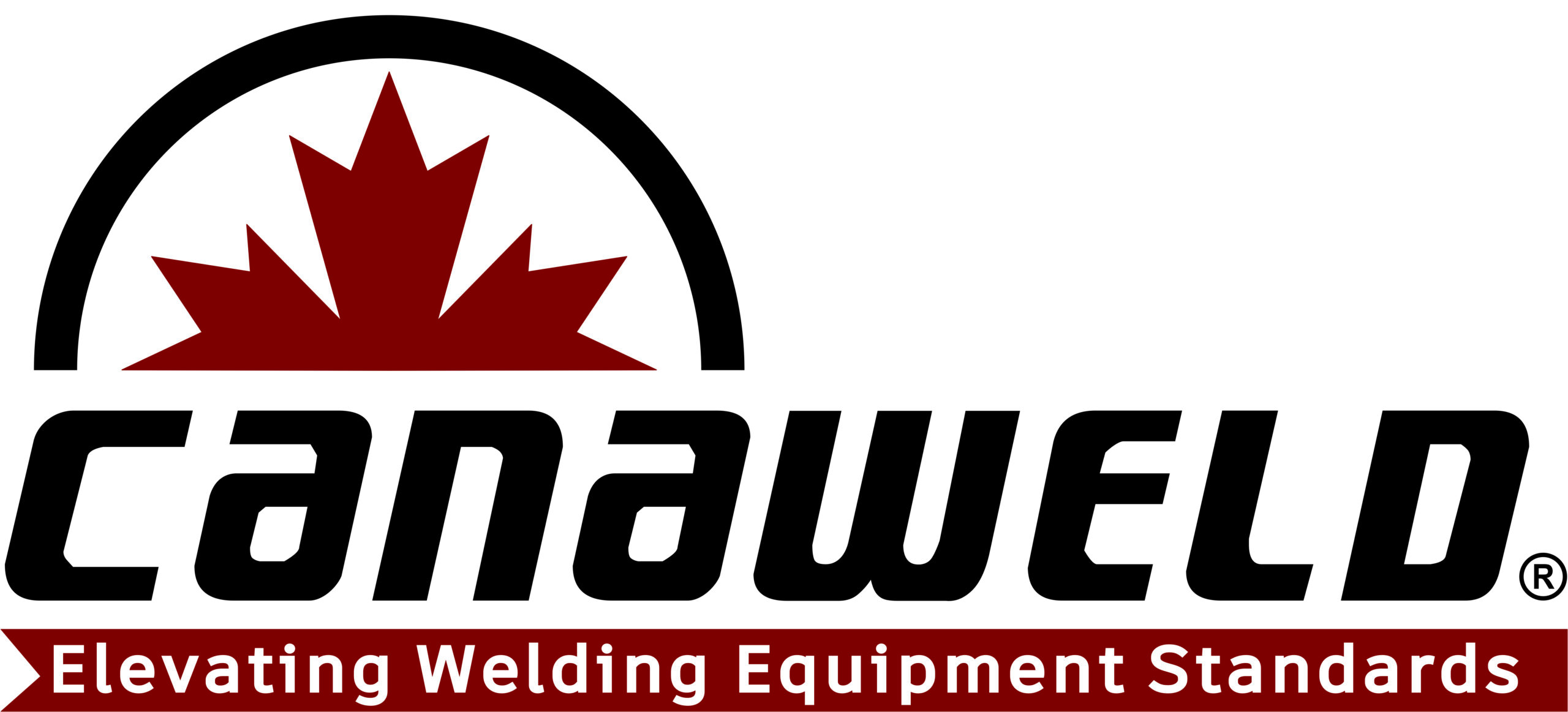Arc Welding
 There are a number of different welding processes that a welder can implement and it often depends on the type of project they are doing. A popular method of welding involves what is currently known as arc welding. Arc welding is a process that uses an electric arc to create heat and melt/join metals. A power supply creates an electric arc between what is known as a non-consumable or consumable electrode & the base material. This will then use one of the two currents: direct (DC) or alternating (AC).
There are a number of different welding processes that a welder can implement and it often depends on the type of project they are doing. A popular method of welding involves what is currently known as arc welding. Arc welding is a process that uses an electric arc to create heat and melt/join metals. A power supply creates an electric arc between what is known as a non-consumable or consumable electrode & the base material. This will then use one of the two currents: direct (DC) or alternating (AC).
Before we get ahead of ourselves, however, let’s talk in detail about how arc welding works, what it can be used for, what different types of arc welding there are, etc.
How Does it Work?
In simplest terms, arc welding is a process known as fusion welding: meaning it works to join metals. An arc from AC or DC power develops an extreme heat source with a temperature of about 6500 degrees fahrenheit. This heat will melt the metal at the join between two metals.
This arc can be guided either manually or mechanically, while the electrode will just carry the current or conduct it. Since metals react to oxygen and nitrogen in the air when heated, a shielding gas is utilized to minimize the contact of the hot metal with the air.
Arc Welding Types
As we briefly mentioned previously, there are two main types of arc welding that can be used: consumable and non-consumable. Some consumable electrode methods include:
- MIG and MAG: This is also referred to as gas metal arc welding and uses a shielding gas so it can protect base metals from any contamination.
- SMAW: This is when the arc is struck between the work piece and the metal rod.This type of arc welding can be used for a variety of projects and materials regardless of thickness or position.
- FCAW: Flux cored arc welding was created as an alternative to SMAW since FCAW provides a constant arc length. This method also uses shielding gas (or just gas created by the flux) to offer protection.
- SAW: Submerged arc welding is a process that includes a continuously fed consumable electrode as well as a blanket of fusible flux. This flux will minimize splatter and sparks while also suppressing flames & any ultraviolet radiation.
Non-consumable electrode methods include but are not limited to:
- TIG: This method uses a non-consumable tungsten electrode to create the arc. As for protection, an inert shielding gas will prevent contamination in the atmosphere.
- PAW: Plasma arc welding is similar to that of TIG welding in that they both use an electric arc between a non-consumable electrode and an anode. In this method, however, the plasma is separated from the shielding gas.
How Our Team Can Help
Whether you’re looking to perform TIG welding, MIG welding or otherwise, we here at Canaweld can help. Our top of the line products ensure that all of your projects are completed with the absolute best in quality and efficiency. In addition, our machines are tested within Canada, and created to work beyond normal expectations to give you a welding experience like never before.
If you’re interested and would like to learn more about our welding supply store, be sure to contact our staff at (416) 548-5650 today!
